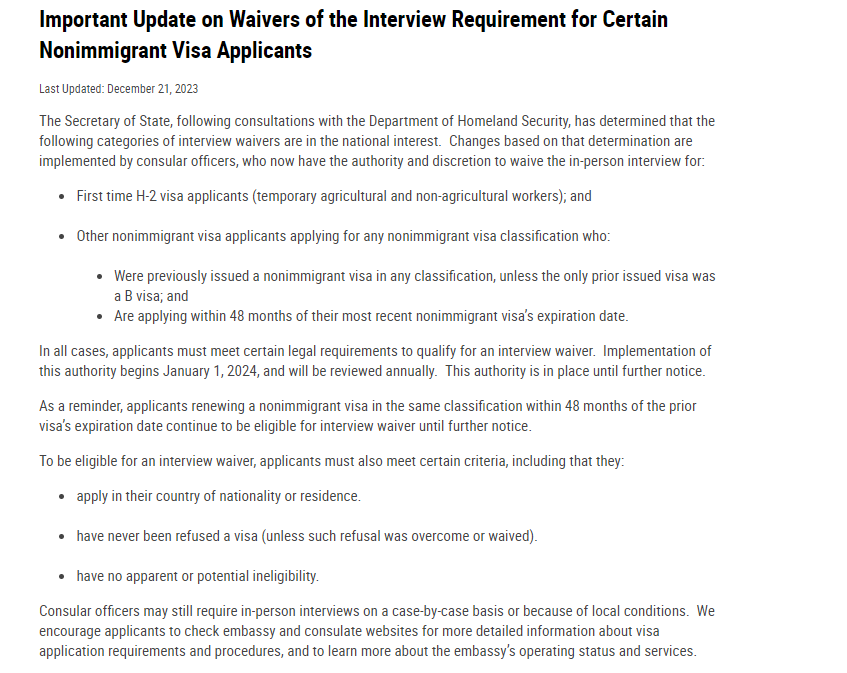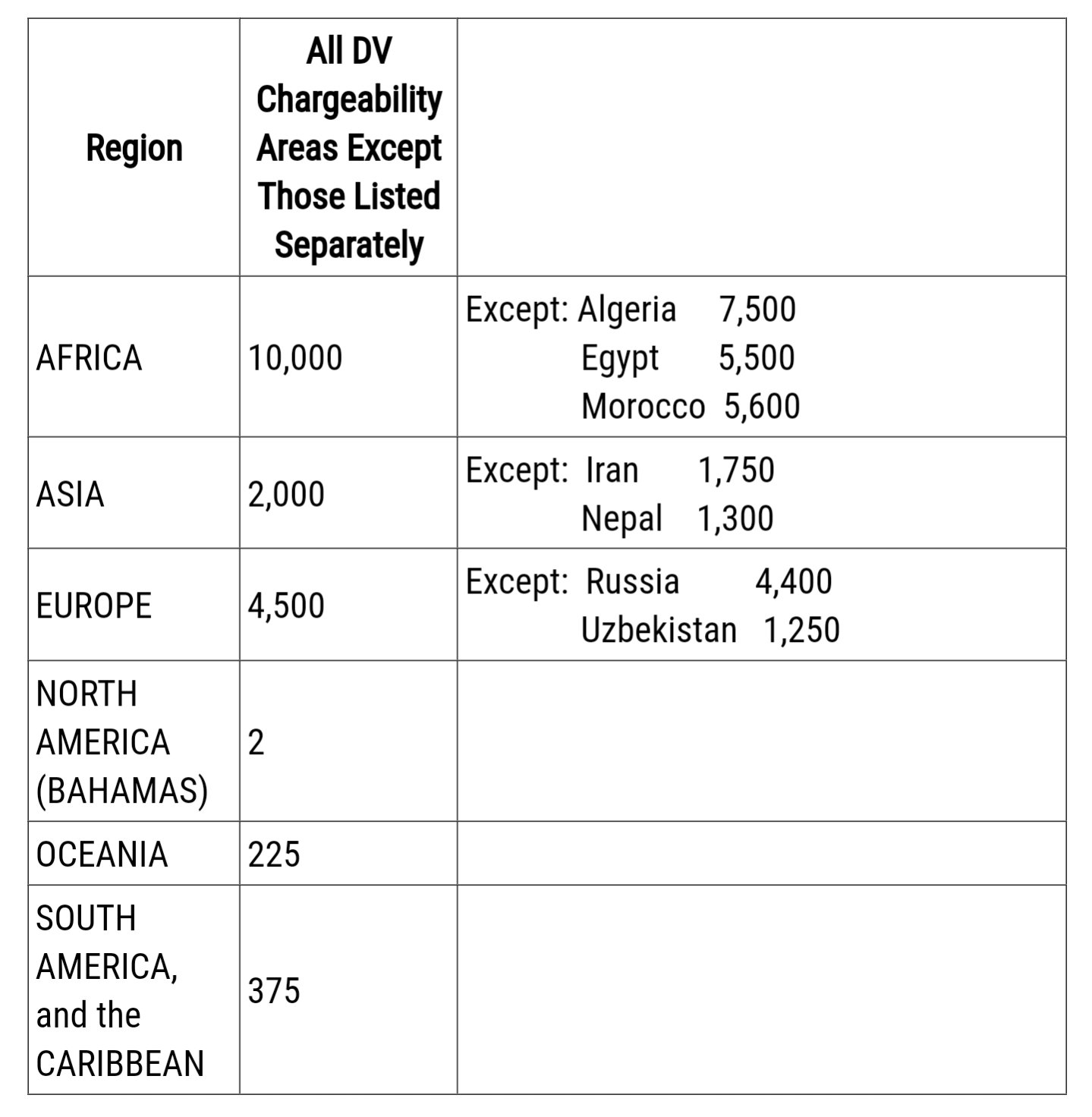In this guide, we will learn how to transition from the F1 visa to the H-1B visa as an international student on F1 Optional Practical Training (OPT) or STEM OPT. This is particularly for international students who are F1 visa holders.
That’s it’s not to say that if you’re a J1 visa holder you cannot get an H-1B. But it’s just that as a J1 visa holder, your transition to the H-1B will be a lot different from someone who has an F1 visa.
This guide give you details about the most important things every F1 international student must know about transitioning from an F1 visa to a H-1B visa. For most international student, this transition will occur during the Post Completion OPT or STEM OPT.
Make sure you read this guide until the end because it’s going to give you a lot of good tips that you should keep in mind when thinking of transitioning from the F1 visa to the H-1B visa.
Basics of the H-1B visa
The first thing about the H-1B visa you should know is that this is called an Employer Sponsored Visa and that means that unlike your F1 visa, you cannot apply for the H-1B visa by yourself, only a U.S based employer can apply for the H-1B on your behalf.
The H-1B visa, unlike your F1 student visa, allows you to live and work in the U.S for up to six years.
Apart from the H-1B work visa, there are other temporary work visas that you might be eligible for, such as the E1, O1, and the TN work visas.
Checkout this guide title, How to Get a U.S Work Visa, to learn different temporary work visas that you can get to live and work in the U.S.
Generally, the H-1B visa tends to be the most common type of work visas that many nonimmigrants choose to use to live and work in the U.S on a temporary basis.
If you’ve heard of the H-1B visa, it tends to be associated as a lottery based visa, which means that you can only get the visa after you’ve been picked in the lottery. Although that’s not the only way of getting the H-1B visa.
How to Get H-1B Visa
There are two ways you can get the H-1B visa.
- One way is called a Cap Subject H-1B visa that is limited to 85,000 visas every year.
That’s the class of the H-1B visa that you can get only after getting picked in the lottery.
- The other class of H-1B visa is called an H-1B Cap Exempt visa.
This cap exempt visa is typically given to nonprofit organizations such as U.S universities and U.S research labs. With the cap exempt H-1B visa, you need not go through a lottery system to get it.
Getting H-1B Visa as an F1 Visa International Student
One thing to note about the H-1B visa as an F1 Visa student is that in order for you to get the H-1B visa, the job for which your employer is sponsoring your visa needs to require at least a bachelor’s degree.
So this makes the H-1B visa perfect for international students who are already in the U.S and seeking to change their status from an F1 visa to the H-1B visa without leaving the U.S.
In U.S, some companies have policies where they’re never going to hire anyone who is not at least a permanent resident of the U.S, particularly because they have certain government restrictions in the industry that requires them to only hire people who have a green card or people who are U.S citizens.
Also, there are some smaller companies that don’t want to hire foreign nationals, such as international students, because from their perspective, they don’t want to go through the cost prohibitive nature of the H-1B visa process just to hire an employee when they wouldn’t have to do the same if the person was a U.S citizen or green card holder.
So if you’re really serious about getting an H-1B visa to live and work in the U.S after you’re done with your F1 status, there’s no point wasting your time looking for jobs with these kinds of companies.
Filling H-1B
When it comes to filing the H-1B, a logical question you could have is, how much does it cost for the H-1B filing process? Typically, the cost of filing an H-1B visa on the part of your employer could be varying.
One of the keys to getting the H-1B visa is making sure that you can find a job with the U.S employer who is H-1B friendly. Because one of the mistakes you don’t want to make is to get a job with a company when you have the intention of getting an H-1B visa, and then when you request that they file for your H-1B visa, they tell you that they don’t sponsor H-1B visas.
If you’re going the route of getting the Cap Subject H-1B visa, you need to keep in mind the timeline you have to get in the H-1B visa while you’re still on an F1 visa status. The reason for this is that your chances of getting the H-1B visa through the lottery system is never guaranteed.
If you’re going to be working with a company that plans to file an H-1B Cap Subject petition for you, then you have a limited number of times that the company could try to file for your H-1B while you’re still on your Optional Practical Training (OPT) period.
This will become very important if you’re an F1 Visa student who is not eligible to get the STEM OPT. So if you’re an F1 Visa student who is working for the employer on your OPT, you only have one chance to get the H-1B visa with that employer.
On the other hand, if you’re an F1 Visa student who is eligible for STEM OPT, then you have at least three times to secure the H-1B visa while you’re working on your OPT and STEM OPT.
Something else to consider is your graduation date and when your OPT ends. For example, if you’re an F1 Visa student who’s going to be graduating in the fall semester, which is in December, this would mean that you’re going to be ending your first year of post completion OPT for ten months from December, which brings you to February, two years from the year you graduated.
On the other hand, if you’re a spring semester graduate who finishes in May, then this would mean that your first full year of post completion OPT is going to be ending in the month of July, the following year after you graduated.
Again, something else that’s important to note about the Cap Subject H-1B visa is that the lottery system happens in late March of every calendar year, and it’s only after you’ve been selected in the lottery system that your employer could then file an H-1B petition on your behalf.
If you’re an F1 Visa student who only has one chance to get the H-1B visa during your OPT, then it’s very important that your employer files for your H-1B visa within the first few months of you working on your post completion OPT.
If you’re a spring graduate who’s going to start your post completion OPT after the month of May, this means that you already would have missed the window of opportunity that opened in March shortly before you graduated. So your only chance of getting the H-1B visa is going to be in the next year shortly before your OPT ends.
As the spring graduate, if you’ve already received an offer month before you graduate in May, you can ask your employer to file an H-1B petition for you before you graduate.
This way, instead of having only one chance to get the H-1B the next year after you graduate, you can have two chances of getting the H-1B.
One advantage you have as a spring graduate who finishes in May over a graduate who finishes in December, is that you could be eligible to get the Cap gap extension if you were selected in the H-1B lottery and your employer filed an attorney petition on your behalf before your OPT expired.
So these are some considerations that you need to keep in mind if you’re going to be transitioning from an F1 visa to an H-1B visa.
For many F1 visa students who are trying to transition from the F1 visa to the H-1B visa, the fact that you have a chance of getting selected in the H-1B lottery is very worrisome.
A lottery based selection system is one thing that’s totally out of your control and the best way to navigate this transition is to always be optimistic but making sure that you have a plan B.
Read: How the U.S Visa Works | Step by Step Guide For Beginners
I hope you found this guide very insightful. Thanks for reading.
DISCLAIMER: This guide and content is designed for general information only and is NOT legal advice. The information presented in this guide should not be construed to be formal legal advice. If you need legal advice, you may contact a licensed attorney.
 Jobsscholar Jobs Search | Education Hub | Scholars Portal
Jobsscholar Jobs Search | Education Hub | Scholars Portal

